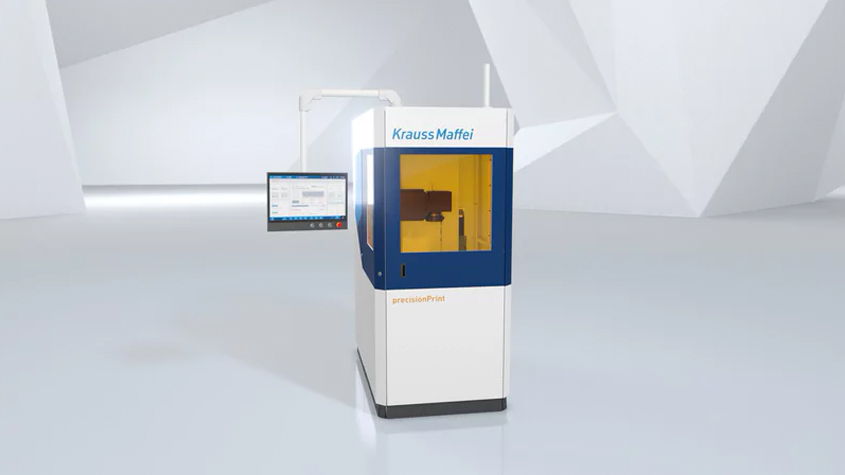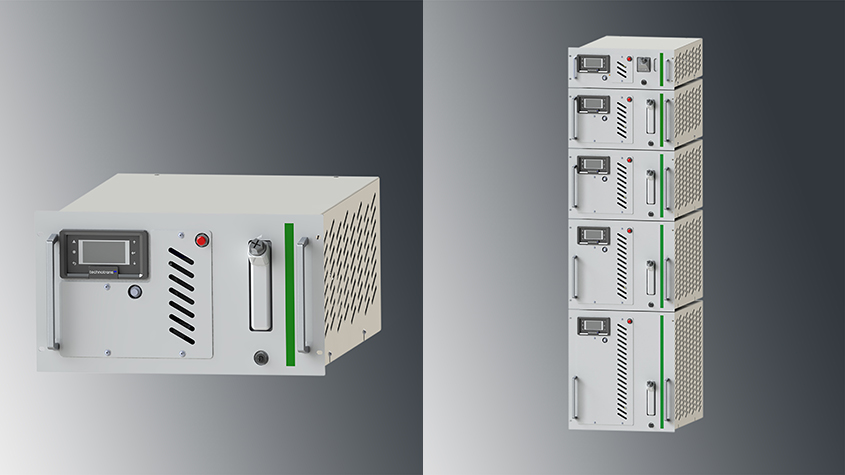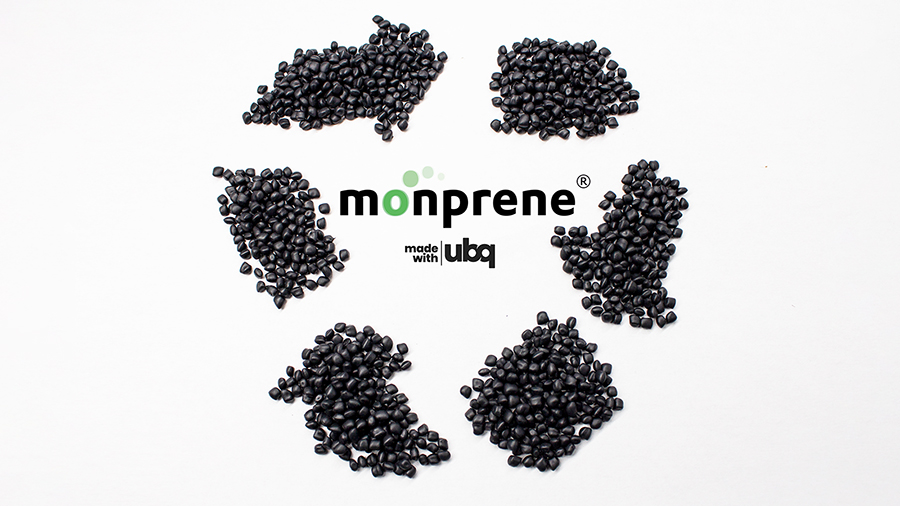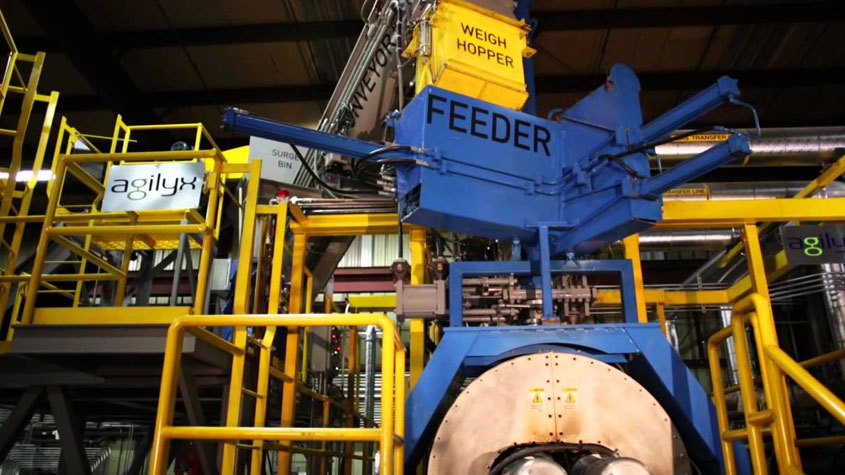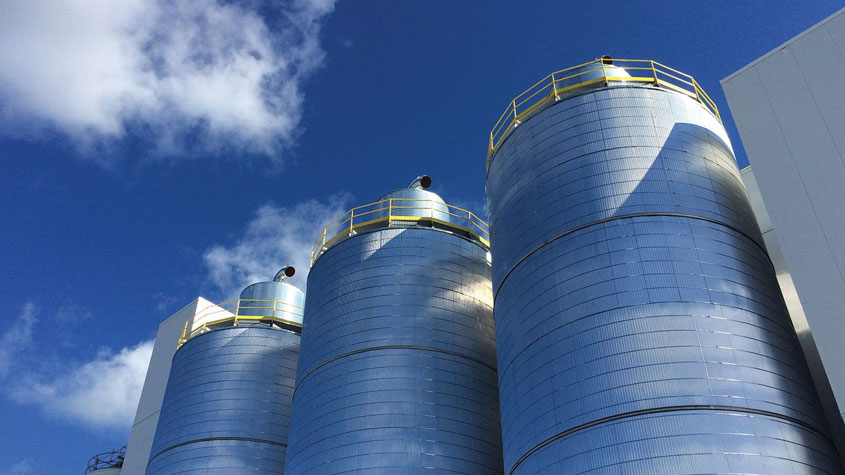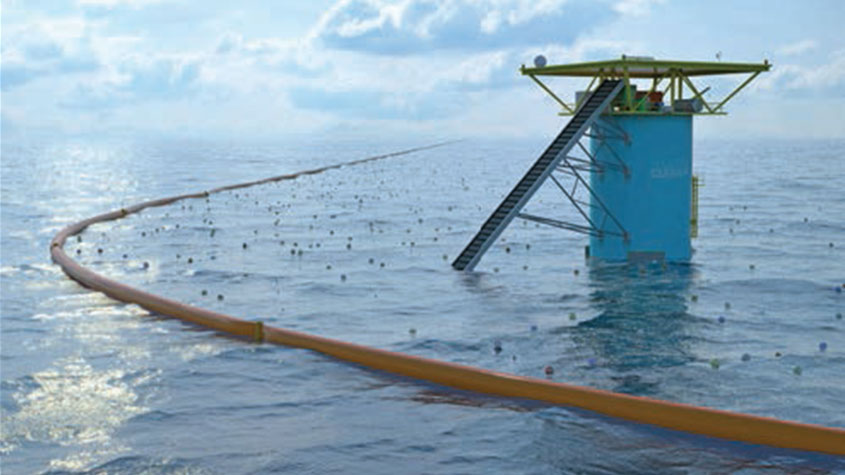Fakuma 2018 Machinery and technology novelties
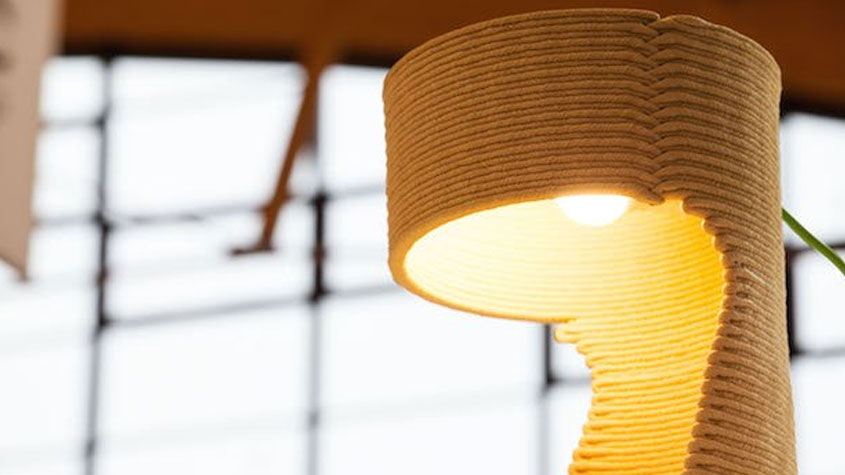
The German show held in October, saw 1,900 exhibitors showcasing the latest technologies. The next show will be held in Friedrichshafen from 13-17 October 2020.
Material launches
Spanish firm Elix Polymers launched the Chemical Compliance (CC) ABS products for applications like toys, cosmetic containers, and food-contact products. The CC line comes with a package of extended services for product verification and stewardship processes, with Elix to also conduct product quality and safety tests based on requirements. Single-dose coffee makers are an example of the type of application that Elix is aiming at with the new injection moulding grades ABS P2H-CC and ABS P3H-CC. This is especially since launching a new machine onto the market requires a number of tests to be carried out on component materials to guarantee compliance with laws on the safety of their use in contact with food.

German materials firm Covestro has new polyether carbonate polyols that are produced with the aid of carbon dioxide (CO2). Using this technology, it has introduced Desmopan 37385A, a new series of thermoplastic polyurethanes (TPUs). The TPU has a hardness of 85 Shore A, a tensile strength of 36 megapascals and elongation at break reaches 660% (DIN 53504). Both extrusion and injection moulding grades are available for soles and upper shoe components, handles and knobs as well as packaging for sensitive electronics. Plans are afoot to expand the series with a hardness of 95 Shore A, with rapidly curing melt.

Kraiburg TPE introduced new TPE hybrids (TEH) featuring an application-specific combination and a modifiability said to be superior to classic thermoplastic vulcanisates. Materials made by mixing thermoplastics and crosslinked elastomers are mainly known as EPDM/ PP blends. Although they combine the properties of elastomers with thermoplastic processability, performance is limited when contact with other media at high temperatures is required. The German company says the new TPEs are an alternative to common crosslinked rubber solutions that are processable like thermoplastics, but also offer appealing options for multi-component applications when bonded with technical plastics such as polyamides and thermoplastic polyesters. TEH can be processed with common injection presses and extruder lines, do not require any finishing and are recyclable. Black and natural are the standard colours.
With hardness from 55 to 80 Shore A, permanent operating temperatures of up to 150°C and chemical stability against materials such as oils, lubricants, fuels and coolants, the hybrids are targeted at combustion engines, in heat management of drives and batteries for electric vehicles, as well as in lubrication and cooling systems of machines, process technology and buildings. Direct applications include seals and gaskets, plugs and connectors, lids and covers.
With requirements for fatigue strength for under-the- hood parts on the rise, specialty chemicals company Lanxess has introduced Durethan Performance PA6 product range, said to be more resistant to fatigue under pulsating loads than standard products with similar glass fibre content. Three new thermally stabilised grades have been launched: Durethan BKV30PH2.0, BKV35PH2.0, and BKV40PH2.0 with glass fibre contents of 30, 35, and 40%, as well as impact-resistant modified 30% glass fibre-content Durethan BKV130P.
The German firm is targeting applications such as air-intake systems and oil-filter modules or parking brakes as well as housing and structural components of power tools, such as drilling or grinding machines. The materials offer more tensile strength at higher temperatures and are an alternative to the more expensive PA66 compounds. Lanxess plans to further expand the product family, with 50 and 60% glass fibrereinforcements, for electrical/electronic modules in vehicles.

Belgian firm Solvay showcased three new grades of Ryton PPS that are aimed at extrusion applications for the automotive market, for coolant lines, brackets and connectors, as an alternative to PA11, PA12 and metal. Solvay also said its Technyl 4earth recycled PA6.6 material is being used by cleaning technology manufacturer Kärcher for moulding spray lances in its high-pressure cleaners. Kärcher has selected a 30% glass-filled grade and is one of the first major international OEMs to embrace the “green” material.
After the market launch of Ultramid Advanced N, German materials maker BASF has introduced another polyphthalamide (PPA): Ultramid Advanced  T1000, based on PA6T/6I. It is said to boast the highest strength and stiffness and with stable mechanical properties at temperatures of up to 120°C. Due to its partially aromatic chemical structure, it offers resistance to humidity and to aggressive media – outperforming conventional PAs and many other PPA materials on the market.
T1000, based on PA6T/6I. It is said to boast the highest strength and stiffness and with stable mechanical properties at temperatures of up to 120°C. Due to its partially aromatic chemical structure, it offers resistance to humidity and to aggressive media – outperforming conventional PAs and many other PPA materials on the market.
The new PPA is targeted at applications in the automotive industry, as a replacement to metals, as well as for technical parts with a challenging requirement profile: in thermostat housings and water pumps, fuel circuits and selective catalytic reduction systems, for actuators and clutch parts. Other applications are: coffee machines, furniture fittings, water distributors, heating systems and pumps.
Machinery companies report higher sales
Despite the economic uncertainties globally, German machine maker Arburg expects to increase its sales for 2018. The company’s sales for 2017 were EUR698 million and it expects to exceed this, given the encouraging results for the first half of 2018, and end of the third quarter, as well as 10% more orders for machines and peripherals, compared to last year.
Meanwhile, for Austrian machine maker Engel Holding while Europe still represents the lion’s share of its earnings (53%), revenue growth in Asia was “by far the biggest”. Asia has a share of 22% and America, 24%. China leads in the sales area, with Engel having upped the capacity for its Changzhou-based Wintec subsidiary, which was started up four years ago to produce standardised injection machinery.
Engel also expects to close the 2018/2019 fiscal year with a group turnover of EUR1.6 billion, a 6% increase over the previous year. Global sales for the 2017/18 fiscal year were EUR1.51 billion, up 11% from the previous year.
Another machine maker, Germany’s KraussMaffei Group is repositioning itself, with a two-pillar strategy for a period of five years until 2023. As part of the strategy, it launched the Digital Service Solutions business unit in July. KraussMaffei also pointed to a positive development for the current financial year. In the first three quarters, incoming orders amounted to EUR1.05 billion, an increase of 2.5% compared with the same period in the previous year, while sales amounted to EUR973 million, an increase of 1.6%.
Meanwhile, the planned listing on the Shanghai Stock Exchange is due to be approved this year. The Chinese authorities are currently reviewing the application from KraussMaffei’s parent company China National Chemical Corporation (ChemChina), it said, adding that it was expecting the green light soon.
Elsewhere, French robot maker Sepro Group expects its revenues to grow by 4% to EUR13 million, double its sales of five years ago, this year. The company also announced a new management board to support its growth as well as the completion of an expansion plan of EUR11 million to double its facilities in France and the US, which was made known last year.
New machinery technologies

Germany’s Dr Boy introduced a new machine: Boy 125E, which caters to a larger clamping unit to allow for complex automation equipment. The company says that even with a 470 mm distance of tie bars and a maximum platens distance of 825 mm, it was possible to design a “very robust and yet compact machine with a footprint of just 5.2 sq m”, in keeping with its traditional small machine range. Another new development is the in-house manufactured handling system Boy LR 5 for removal of parts.
As the biggest exhibitor, German machine maker Arburg presented the “Road to Digitalisation” concept. At various stations, visitors could obtain detailed information on digital assistance systems and services from Arburg experts. An insight into the future was offered by the Gestica control system featuring filling simulation, augmented reality (AR) for “smart” service, as well as new cloud-based services.
Furthermore, Arburg premiered a packaging version of the hybrid Allrounder 820H in the clamp design and with the Gestica control system. In a cycle time of 3.8 seconds, it produced four thin-wall IML containers. Also shown on an electric Allrounder 470A was a new Arburg Turnkey  Control Module (ATCM) SCADA system for turnkey systems that visualises the complete process. The ATCM captured information from the injection moulding process and camera inspection via OPC-UA and allocated it to the relevant part via the QR code. Visitors were able to scan this code with their smartphones and view the corresponding process data on a part-specific website.
Control Module (ATCM) SCADA system for turnkey systems that visualises the complete process. The ATCM captured information from the injection moulding process and camera inspection via OPC-UA and allocated it to the relevant part via the QR code. Visitors were able to scan this code with their smartphones and view the corresponding process data on a part-specific website.
To showcase a LSR exhibit, a 350-kN electric Allrounder 270A was equipped with a new LSR cylinder module to produce four 0.038-g dosing valves in a cycle time of around 20 seconds, while the practical Industry 4.0 was shown on a vertical Allrounder 375V machine with a six-axis robot. It was compactly positioned within the installation space and produced elastic tension straps “on demand”. The potential of the Freeformers and Arburg Plastic Freeforming (APF) was also demonstrated based on functional medical technology parts made from US TPE supplier Teknor Apex’s Medalist grade.
Also at the show, US machine maker Milacron Holdings Corp. signed a distribution agreement with software and engineering company iMFLUX (a wholly owned subsidiary of consumer products giant Procter & Gamble) to integrate its patented technology into its controls. M-Powered is Milacron’s Industry 4.0 technology and it will offer machines with an M-Powered iMFLUX retrofit upgrade.

iMFLUX has developed a process that uses constant, low pressure to slowly fill a mould, while simultaneously packing the melt and cooling the mould as opposed to a traditional process that uses high pressure and high temperatures, and then goes to the pack-and-hold phase. At Fakuma, it was shown on an all-electric Elektron EVO155 machine running a four-cavity iMFLUX mould.
Benefits include reduced cycle time, 50% lower moulding pressure, less moulded-in stress and a wider processing window. Milacron says the process is ideal for most applications, but especially advantageous for recycled materials, and can help a biomaterials/bio-resins work for many more applications.
Tooling/hot runner/auxiliary updates
Machine/tooling maker Husky Injection Molding showcased its Ultra Helix valve gates, with over 4,000 nozzles installed. The Canadian firm also demonstrated several new products, including its Altanium Valve Gate Sequencer, an easy-to-use single unit that combines temperature and valve gate control, ideal for filling large, multi-gated parts. As well, it displayed the new Altanium Matrix5, Altanium Delta5 and Altanium Neo5 mould controllers. The new Ultra SideGate Inline provides 18 mm gate spacing for small parts and is ideal for compact moulds, says the firm.

Milacron’s Mold-Masters subsidiary launched its ThinPAK hot runner series, for thin wall packaging products and for applications up to 2,800 bar (40% higher than its standard manifold designs). The nozzles feature a robust gate seal and cutout to withstand the high pressures as well as balanced thermal profiles for process control while the gate seals are serviceable from the parting line.
Meanwhile, HRSflow showcased a new family mould for a one-shot production of three high-quality visible parts for a door module for car interiors. The use of the FLEXflow technology ensures flawless, finely grained surfaces without pressure lines or flow marks even though these parts differ considerably from one another in terms of their dimensions and volumes.
It manages the individual control of the servo-electric drives for all the eight hot runner valve gate systems used in this application. This means the position and speed of each individual valve pin can be finely regulated to optimise the appropriate pressures, flow rates and volumes of the melt in all three cavities.
Austrian systems supplier for two-component LSRs, Elmet, says it is the first producer in this segment to offer the option to connect its multi-component dosing system TOP 5000 P to an injection press using an OPC-UA protocol. This “open platform communication” enables communication and automated information exchange from machine to machine (M2M) in real time.
Consequently, Elmet says it has made it possible for its customers – without the need for a license – to integrate the dosing system into the production control system. The technology is currently fully operational with Engel machines, whilst others are at the preparation stage.
Chinese economy to grow over 6.5 pct in 2018, 2019: report
BEIJING, March 1 (Xinhua) — China’s economy will grow by over 6.5 percent this…

